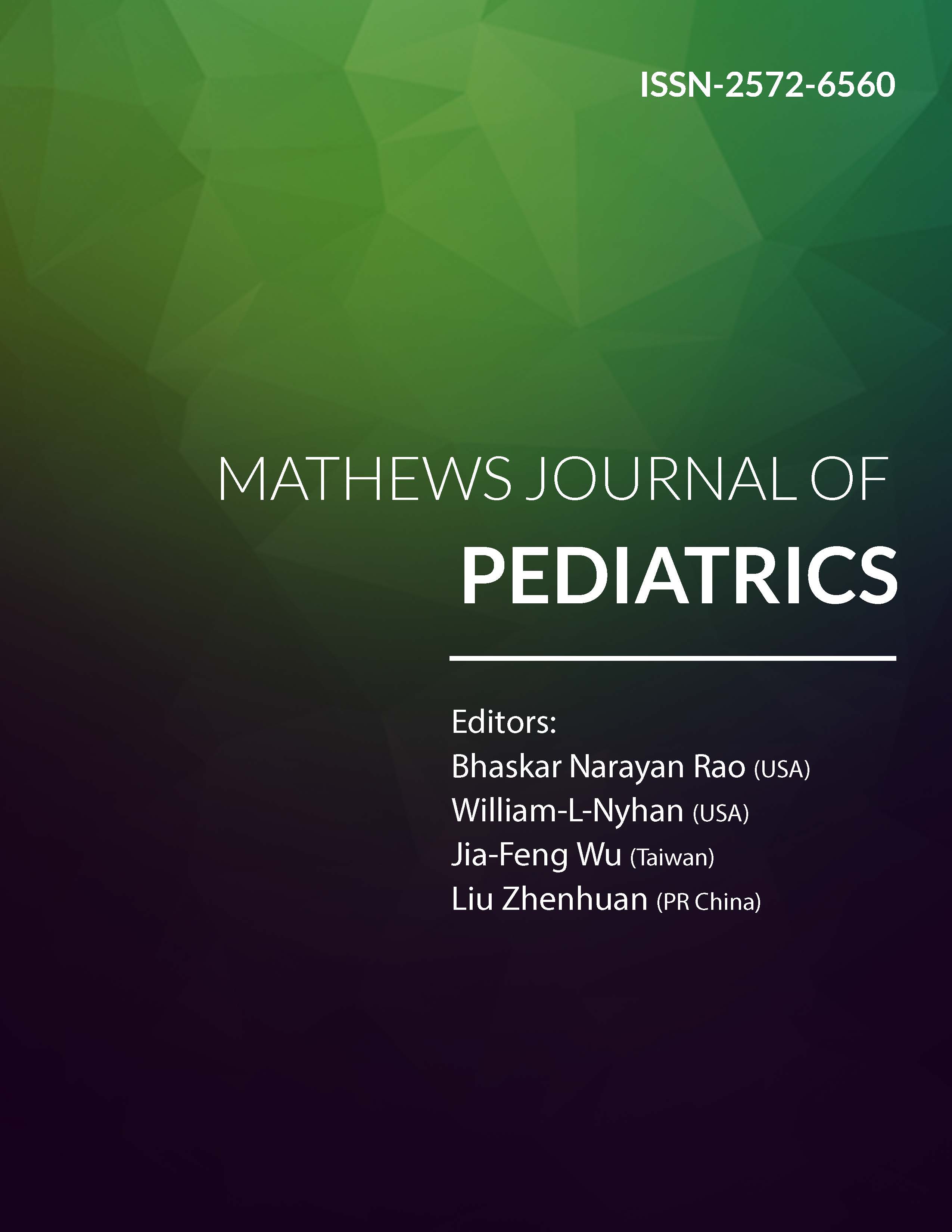
Information Links
Previous Issues Volume 4, Issue 2 - 2019
Procedural Sedation and Analgesia in Pediatric Emergencies
Cristina García-Muro1*, Eduardo Esteban-Zubero2*, Moisés Alejandro Alatorre-Jiménez3, Carlos Arturo López-García4, Alejandro Marín-Medina5
1Medical Doctor in Department of Pediatrics of Hospital San Pedro, Logroño, Spain
2Medical Doctor in Emergency Department of Hospital San Pedro, Logroño, Spain
3Department of Pediatrics, SUNY Downstate, Brooklyn, NY, USA
4Department of Pathology, Hospital San JoseTecSalud, Monterrey, Nuevo León, Mexico
5Department of Genetics, Western biomedical research center, Mexican Institute of Social Security, Guadalajara, Mexico
Received Date: Jun 3, 2019
Published Date: Nov 18, 2019
Corresponding Authors: Cristina García-Muro*, Pediatrics Department of Hospital San Pedro. Calle Piqueras 98. ZIP Code: 26006. Logroño, Spain; Eduardo Esteban-Zubero*, Emergency Department of Hospital San Pedro, Calle Piqueras 98. ZIP Code: 26006. Logroño, Spain.
Copyright © 2019 García-Muro C
Citation: García-Muro C and Esteban-Zubero E. (2019). Procedural Sedation and Analgesia in Pediatric Emergencies. Mathews J Pediatr 4(2): 21.
ABSTRACT
Procedural sedation and analgesia (PSA) involves all the treatments leaded to mitigate pain and anxiety. These symptoms are especially related with several consultations in Pediatric Emergencies. Historically, PSA has been underestimated and undertreated. Nevertheless, recently, there has been a growing interest in improving the proper management of pain and anxiety in children. These researches has been realized by both personal health specialized in sedative/anesthetics process and not.
The purpose of this mini-review is to summarize the role of PSA in children. To reach it, we are going to describe briefly pain assessment as well as the degree of sedation with different scales, and the different treatments, including pharmacological and non-pharmacological interventions. All these principles will be commented attending to the safety and effectiveness.
Keywords: Sedation; Analgesia; Anxiety; Pain; Pediatric; Pediatric emergencies